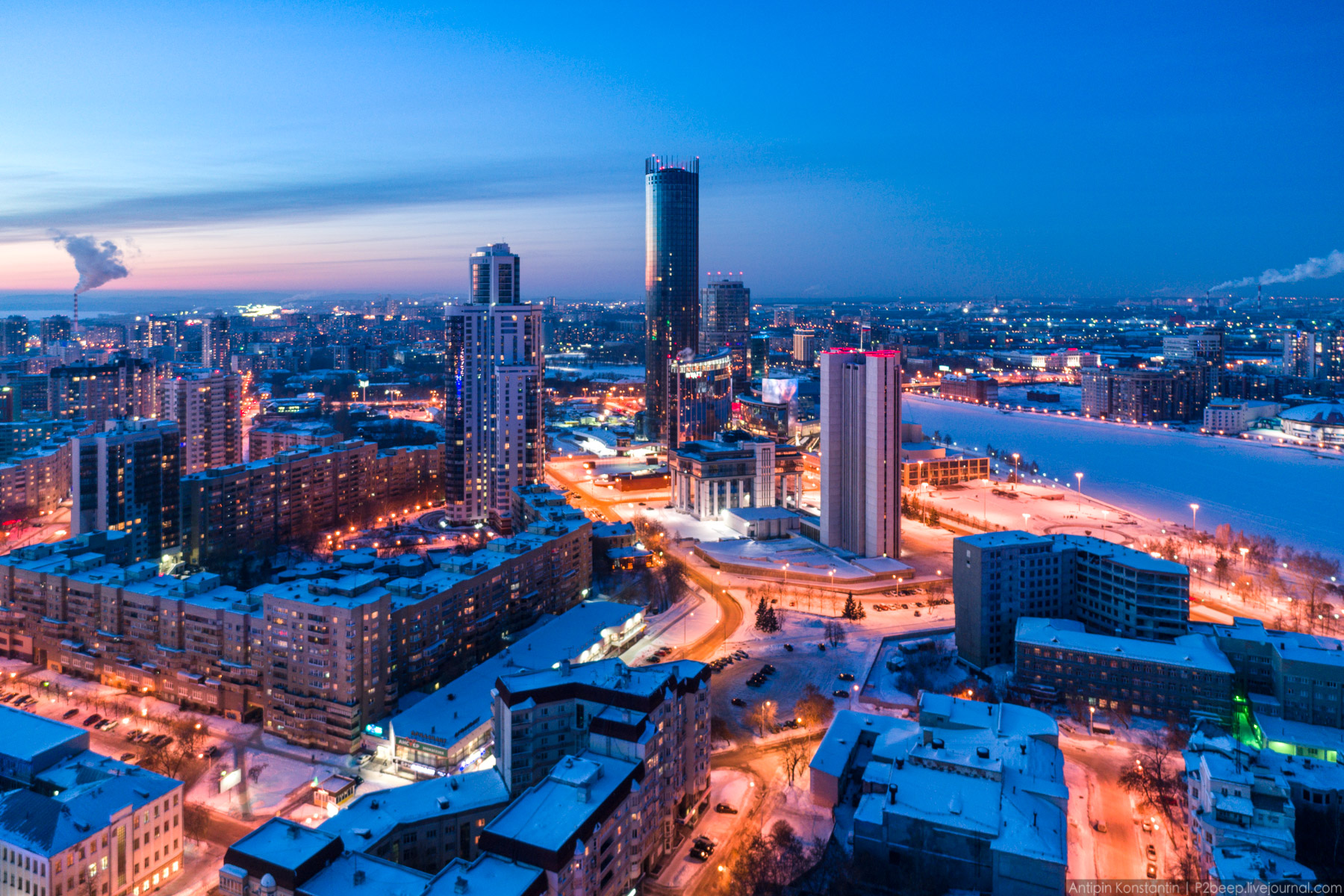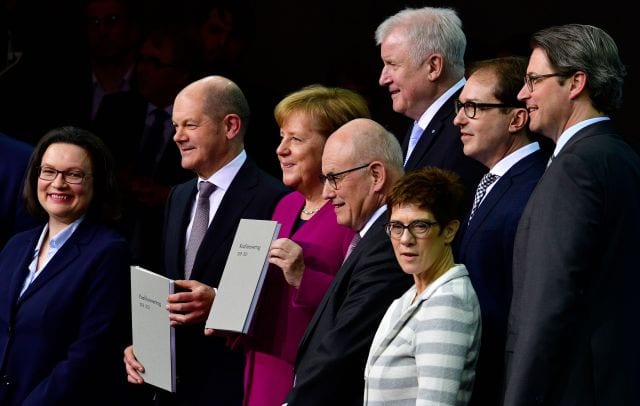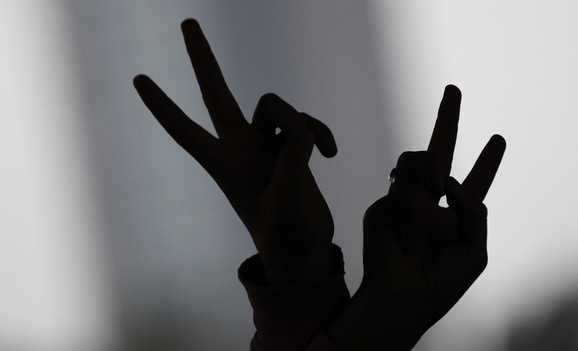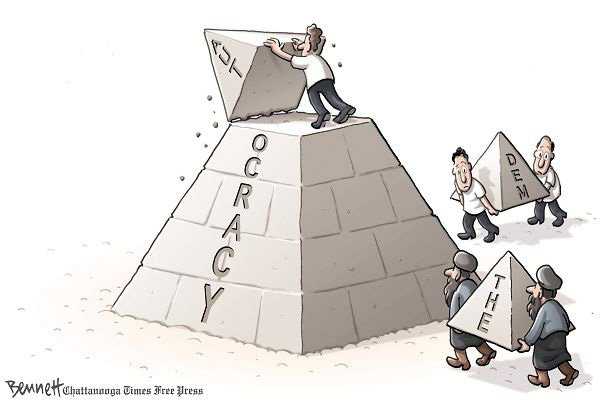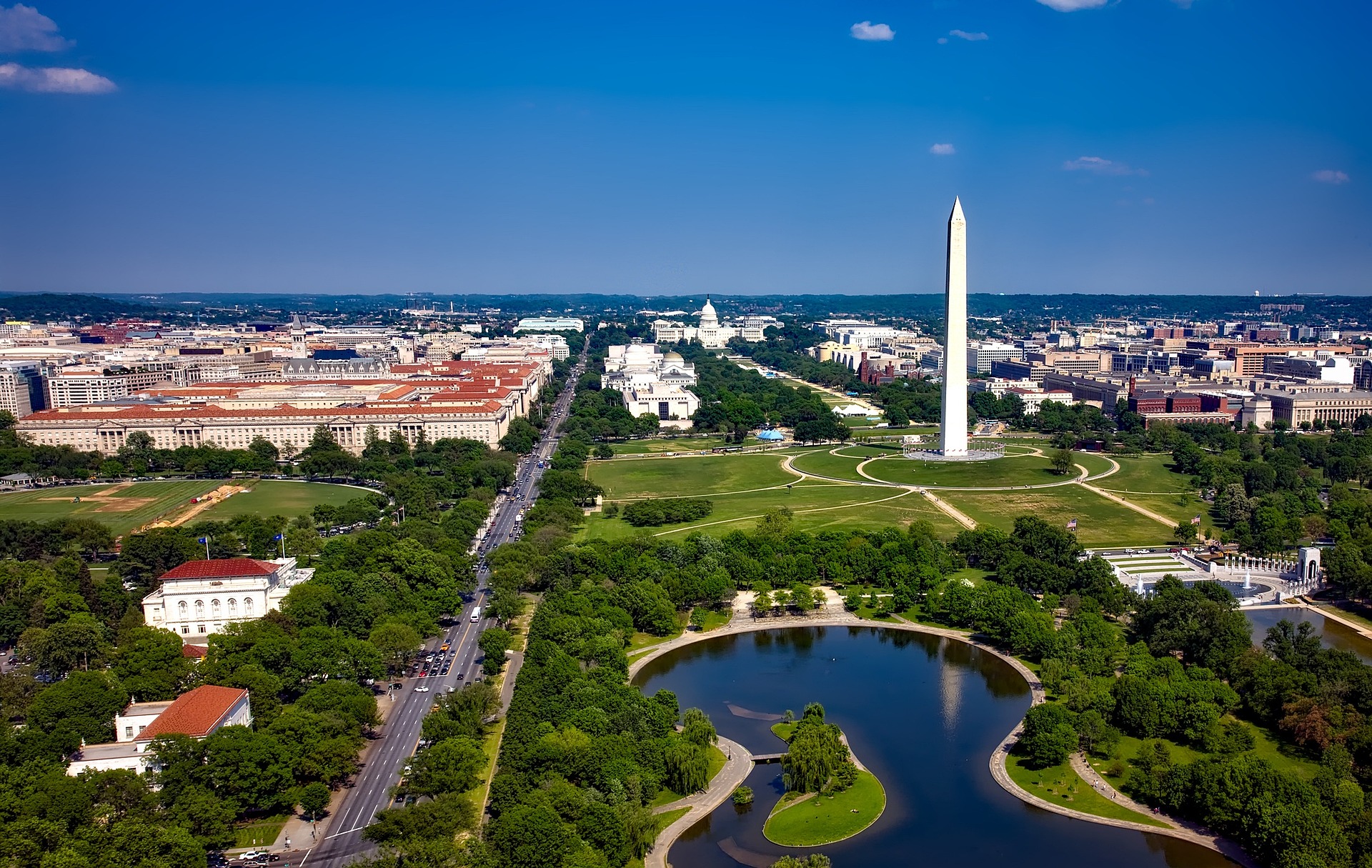By CHARLES J. HANLEY and JAE-SOON CHANG, Associated Press Writers 1 hour, 26 minutes ago
SEOUL, South Korea – South Korean investigators, matching once-secret documents to eyewitness accounts, are concluding that the U.S. indiscriminately killed large groups of refugees and other civilians early in the Korean War. military
A half-century later, the Seoul government’s Truth and Reconciliation Commission has more than 200 such alleged wartime cases on its docket, based on hundreds of citizens’ petitions recounting bombing and strafing runs on South Korean refugee gatherings and unsuspecting villages in 1950-51.
Concluding its first investigations, the 2 1/2-year-old commission is urging the government to seek U.S. compensation for victims.
“Of course the U.S. government should pay compensation. It’s the U.S. military’s fault,” said survivor Cho Kook-won, 78, who says he lost four family members among hundreds of refugees suffocated, burned and shot to death in a U.S. Air Force napalm attack on their cave shelter south of Seoul in 1951.
Commission researchers have unearthed evidence of indiscriminate killings in the declassified U.S. archive, including a report by U.S. inspectors-general that pilots couldn’t distinguish their South Korean civilian allies from North Korean enemy soldiers.
South Korean legislators have asked a U.S. Senate committee to join them in investigating another long-classified document, one saying American ground commanders, fearing enemy infiltrators, had adopted a policy of shooting approaching refugees.
The Associated Press has found that wartime pilots and declassified documents at the U.S. National Archives both confirm that refugees were deliberately targeted by U.S. forces.
The U.S. government has been largely silent on the commission’s work. The U.S. Embassy here says it has not yet been approached by the Seoul government about compensation. Spokesman Aaron Tarver also told the AP that the embassy is not monitoring commission findings.
The commission’s president, historian Ahn Byung-ook, said the U.S. Army helped defend South Korea in the 1950-53 war, but also “victimized” South Korean civilians. “We feel detailed investigation should be done by the U.S. government itself,” he said.
The citizen petitions have accumulated since 1999, when the AP, after tracing Army veterans who were there, confirmed the 1950 refugee killings at No Gun Ri, where survivors estimate 400 died at American hands, mostly women and children.
In newly democratized South Korea, after decades of enforced silence under right-wing dictatorships, that report opened floodgates of memory, as families spoke out about other wartime mass killings.
“The No Gun Ri incident became one of the milestones, to take on this kind of incident in the future,” said Park Myung-lim of Seoul, a Korean War historian and adviser to the truth commission.‘s Yonsei University
The National Assembly established the 15-member panel in December 2005 to investigate not only long-hidden Korean War incidents, including the southern regime’s summary executions of thousands of suspected leftists, but also human rights violations by the Seoul government during the authoritarian postwar period.
Findings are meant to “reconcile the past for the sake of national unity,” says its legislative charter.
The panel cannot compel testimony, prosecute or award compensation. Since the commission may shut down as early as 2010, the six investigators devoted to alleged cases of “civilian massacre committed by U.S. soldiers” are unlikely to examine all 215 cases fully.
News reports at the time hinted at such killings after North Korea invaded the south in June 1950. But the extent wasn’t known. Commission member Kim Dong-choon, in charge of investigating civilian mass killings, says there were large numbers of dead — between 50 and 400 — in many incidents.
As at No Gun Ri, some involved U.S. ground troops, such as the reported killing of 82 civilians huddled in a village shrine outside the southern city of Masan in August 1950. But most were air attacks.
In one of three initial findings, the commission held that a surprise U.S. air attack on east Wolmi island on Sept. 10, 1950, five days before the U.S. amphibious landing at nearby Incheon, was unjustified. Survivors estimate 100 or more South Korean civilians were killed.
In clear weather from low altitude, “U.S. forces napalmed numerous small buildings, (and) strafed children, women and old people in the open area,” the commission said.
Investigator Kang Eun-ji said high priority is being given to reviewing attacks earlier in 1950 on refugees gathered in fields west of the Naktong River, in North Korean-occupied areas of the far south, while U.S. forces were dug in east of the river. One U.S. air attack on 2,000 refugees assembled Aug. 20, 1950, at Haman, near Masan, killed almost 200, survivors reported.
“There were many similar incidents — refugees gathered in certain places, and there were air strikes,” she said.
The declassified record shows the Americans’ fear that enemy troops were disguising themselves as civilians led to indiscriminate attacks on “people in white,” the color worn by most Koreans, commission and AP research found.
In the first case the commission confirmed, last November, its investigators found that an airborne Air Force observer had noted in the “Enemy” box of an after-mission report, “Many people in white in area.”
The area was the village of Sanseong-dong, in an upland valley 100 miles southeast of Seoul, attacked on Jan. 19, 1951, by three waves of Navy and Air Force planes. Declassified documents show the U.S. X Corps had issued an order to destroy South Korean villages within 5 miles of a mountain position held by North Korean troops.
“Everybody came out of their houses to see these low-flying planes, and everyone was hit,” farmer Ahn Shik-mo, 77, told AP reporters visiting the apple-growing village. “It appeared they were aiming at people.”
At least 51 were killed, the commission found, including Ahn’s mother. Sixty-nine of 115 houses were destroyed in what the panel called “indiscriminate” bombing. “The U.S. Air Force regarded all people in white as possible enemy,” it concluded.
“There never were any North Koreans in the village,” said villager Ahn Hee-duk, a 12-year-old boy at the time.
The U.S. itself said there were no enemy casualties, an acknowledgment made Feb. 13, 1951, in a joint Army-Air Force report on the Sanseong-dong bombing, an unusual review undertaken because Korean authorities questioned the attack. military
Classified for a half-century, that report included a candid admission: “Civilians in villages cannot normally be identified as either North Koreans, South Koreans, or guerrillas,” wrote the inspectors-general, two colonels.
The Eighth Army commander, Lt. Gen. Matthew Ridgway, held, nonetheless, that Sanseong-dong’s destruction was “amply justified,” the AP found in a declassified document. Today’s Korean commission held otherwise, recommending that the government negotiate for U.S. compensation.
A U.S. airborne observer in that attack, traced by the AP, said it’s “very possible” the Sanseong-dong mission could be judged indiscriminate. George P. Wolf, 88, of Arlington, Texas, also said he remembered orders to strafe refugees.
“I’m very, very sorry about hitting civilians,” said the retired Air Force lieutenant colonel, who flew with the 6147th Tactical Control Squadron.
The day after the Sanseong-dong attack, the cave shelter at Yeongchun, 120 miles southeast of Seoul, came under repeated napalm and strafing attacks from 11 U.S. warplanes.
Hundreds of South Korean civilians, fearing their villages would be bombed, had jammed inside the 85-yard-long cave, with farm animals and household goods outside.
Around 10 a.m., Cho Byung-woo, then 9, was deep in the narrow, low-ceilinged tunnel when he heard screams up front, and saw choking fumes billowing inside. Air Force F-51 Mustangs dropped napalm firebombs at the cave’s entrance, a declassified mission report shows.
“I ran forward and all I could hear were people coughing and screaming, and some were probably already dead,” Cho recalled, revisiting the cave with AP reporters. His father flung the boy out the entrance, his hair singed. Outside, Cho saw more planes strafe people fleeing into surrounding fields.
He and other survivors said surveillance planes had flown over for days beforehand. “There was no excuse,” Cho said. “How could they not tell — the cows, the pieces of furniture?”
Survivors said the villagers had tried days earlier to flee south, but were turned back at gunpoint at a U.S. Army roadblock, an account supported by a declassified 7th Infantry Division journal.
Villagers believe 360 people were killed at the cave. In its May 20 finding, the commission estimated the dead numbered “well over 200.” It found the U.S. had carried out an unnecessary, indiscriminate attack and had failed — with the roadblock — to meet its responsibility to safeguard refugees.
The commission also pointed out that Ridgway — in a Jan. 3, 1951, order uncovered by AP archival research — had given units authority to fire at civilians to stop their movement.
Five months earlier, the U.S. ambassador to South Korea confidentially informed Washington that the U.S. Army, fearing infiltrators, had adopted a policy of shooting South Korean refugees who approached its lines despite warnings. Ambassador John J. Muccio’s letter was dated July 26, 1950, the day U.S. troops began shooting refugees at No Gun Ri.
American historian Sahr Conway-Lanz reported his discovery of the declassified Muccio letter in his 2006 book “Collateral Damage.” But the Army had learned of the letter earlier, during its 1999-2001 No Gun Ri investigation, and had not disclosed its existence.
The Army now asserts it omitted the letter from its 2001 No Gun Ri report because it discussed “a proposed policy,” not an approved one. But the document unambiguously described the policy as among “decisions made” — not a proposal — at a high-level U.S.-South Korean meeting, and AP research found declassified documents in which U.S. commanders in subsequent weeks repeatedly ordered troops to fire on refugees.
In a May 15 letter to Sen. Joseph Biden, D-Del., chairman of the Senate Foreign Relations Committee, the then-vice speaker of Seoul‘s National Assembly, Lee Yong-hee, called on Congress to investigate whether the Army intentionally suppressed the Muccio letter in its inquiry.
Since targeting noncombatants is a war crime, “this is a matter of deep concern to the Korean people,” wrote Lee, whose district includes No Gun Ri.
Lee, who has since lost his leadership position as a result of elections, suggested a joint U.S.-Korean congressional probe. Frank Jannuzi, the Senate committee’s senior East Asia specialist, said its staff would seek Pentagon and State Department briefings on the matter.
In 2001, the U.S. government rejected the No Gun Ri survivors’ demand for an apology and compensation, and the Army’s report claimed the No Gun Ri killings were “not deliberate.”
But at a Seoul on May 15 with survivors of No Gun Ri and other incidents, their U.S.-based lawyers pointed out that powerful contrary evidence has long been available. news conference
“The killings of Korean civilians were extensive, intentional and indiscriminate,” lawyers Michael Choi and Robert Swift said in a statement.
In its 2001 report, the Army said it had learned of other civilian killings by U.S. forces, but it indicated they would not be investigated.
___
Associated Press investigative researcher Randy Herschaft in New York contributed to this report.

